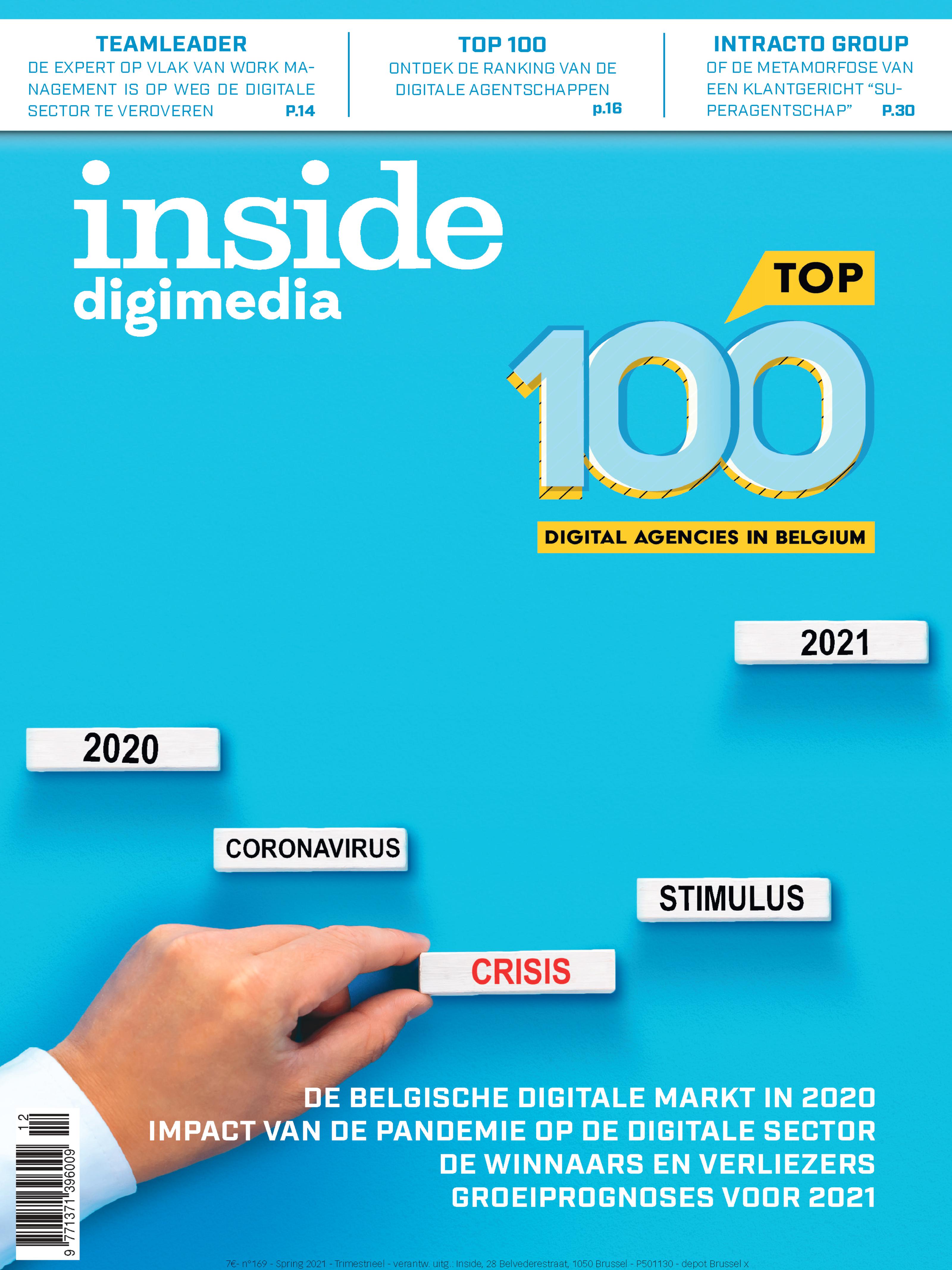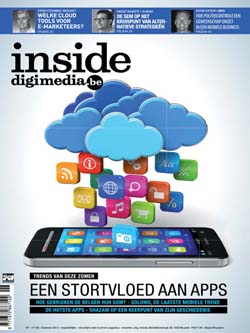Close
Inside
Digimedia
Discover all editions
-
 Top 100 van Digitale Agentschappen
Top 100 van Digitale Agentschappen -
 Top 100 Digital Agencies in Belgium
Top 100 Digital Agencies in Belgium -
 WAAROM POSITIEF DENKEN TERREIN WINT
WAAROM POSITIEF DENKEN TERREIN WINT -
 Inside
Inside -
 Digital Agencies In Belgium
Digital Agencies In Belgium -
 Digital First
Digital First -
 Digital Agencies In Belgium
Digital Agencies In Belgium -
 How smart is your company
How smart is your company -
 Ecommerce
Ecommerce -
 Top 100 Digital Agencies
Top 100 Digital Agencies -
 CASEBOOK 2018
CASEBOOK 2018 -
 Digital First
Digital First -
 De beste troeven van de belgische e-commerce markt
De beste troeven van de belgische e-commerce markt -
 Het meest gelauwerde agentschap
Het meest gelauwerde agentschap -
 CASEBOOK 2017
CASEBOOK 2017 -
 Best 100 in Belgium
Best 100 in Belgium -
 Waarom fintech de financiële sector schrik aanjaagt
Waarom fintech de financiële sector schrik aanjaagt -
 Waarom video het populairste reclameformaat is
Waarom video het populairste reclameformaat is -
 Top 100 Digital Agencies
Top 100 Digital Agencies -
 CASEBOOK 2016
CASEBOOK 2016 -
 Hoe de impact van de digitale transformatie
Hoe de impact van de digitale transformatie -
 Hoe adverteerders Facebook gebruiken ?
Hoe adverteerders Facebook gebruiken ? -
 De nieuwe betaalmiddelen
De nieuwe betaalmiddelen -
 Wie zijn de eersten van de klas ?
Wie zijn de eersten van de klas ? -
 De handleiding voor de start-ups
De handleiding voor de start-ups -
 Mobile de nieuwe leider van het spel
Mobile de nieuwe leider van het spel -
 Het netwerk dat Big Brother
Het netwerk dat Big Brother -
 Ecommerce
Ecommerce -
 50 MILJARD INTELLIGENTE OBJECTEN IN 2020
50 MILJARD INTELLIGENTE OBJECTEN IN 2020 -
 Performance
Performance -
 WORKSHOPSWINNENDE STRATEGIEËN
WORKSHOPSWINNENDE STRATEGIEËN -
 Mobile Special
Mobile Special -
 Social Media
Social Media -
 Special e-Commerce
Special e-Commerce -
 Top 100 Digital Agencies in belgium
Top 100 Digital Agencies in belgium -
 sociale netwerken
sociale netwerken -
 Start-up
Start-up -
 Mobile Commerce
Mobile Commerce -
 Sociale netwerken
Sociale netwerken -
 e-Commerce Special
e-Commerce Special -
 Top 100 Digital Agencies
Top 100 Digital Agencies -
 E-mail marketing
E-mail marketing -
 De nieuwe jobs in de digitale wereld
De nieuwe jobs in de digitale wereld
Close
Log In
Email adress or password is not valid
Een nieuw wachtwoord instellen
Email adress is not valid










































